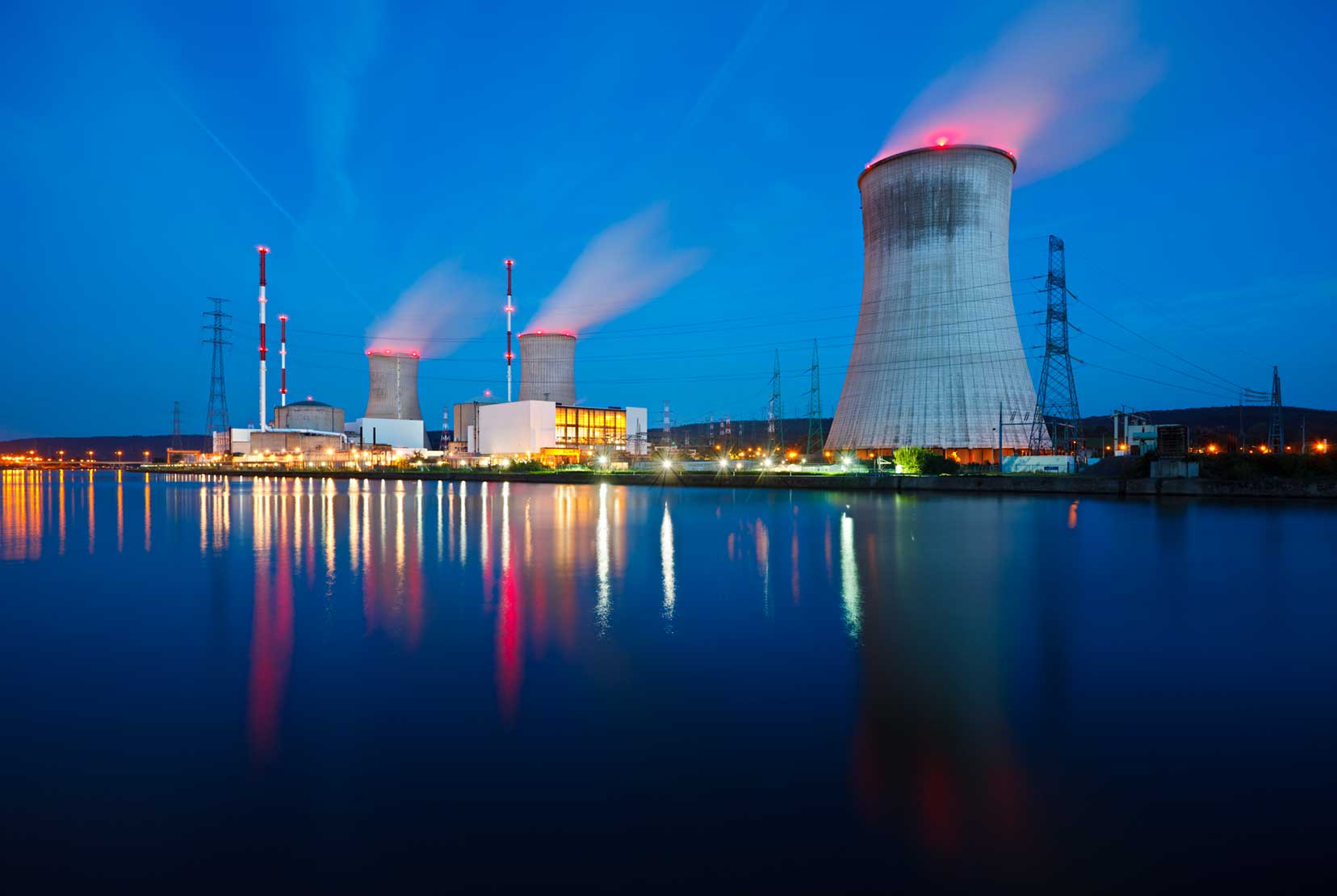
04 Jan The Basics: What Keeps Your Lights On!
Whenever you flip on your light switch, you expect electricity to flow and your lights to work. We always rely on that to happen, and when it doesn’t, it throws life into a tizzy until the power is restored.
Power sources are important. And, understanding what type of energy we depend on is the key to understanding the problems surrounding renewable electricity sources, such as wind and solar power.
Dispatchable Power
Keeping electricity on the “grid” and flowing to your home or business is the job of “dispatchable” power sources.
Dispatchable refers to the electrical generation that is constantly there and available to use on demand. That power can be sent or “dispatched” to where it is needed. It is also must be a source that can be controlled and reliable. For that reason, it’s impossible to do without it. We don’t want to run the risk of losing electricity or damaging devices we have plugged in, due to power surges and inconsistencies in the level of electricity.
Nuclear, gas, coal, and hydro generation plants are dispatchable power sources. They supply the electrical power we need every single day. These generally are the larger power plants that provide what is called the base load…or primary level of electricity necessary to supply everyone with the power they need…when they need it.
But, the demand for electricity changes rapidly each day for a variety of reasons. There is less demand late at night when everyone is in bed, and much higher demand during the working hours as stores and businesses open up. The fluctuating demand for electricity requires constant adjustments.
Smaller scale dispatchable power sources are necessary when demand for electricity is high. These smaller generating stations are capable of coming on line in a matter of seconds to supply the additional power required when electricity use hits a peak. For example, we all need more energy on a very hot day when we use more air conditioning. Then, when the demand for the extra electricity backs off…these smaller plants can back off into a standby mode.
There is continual increase in demand for electricity as we all rely more and more on computers and electronics to run our lives. As a result, the need for reliable dispatchable powers sources will be crucial in the years ahead. It will also be increasingly important to find ways to maintain and expand the number of base load dispatchable plants to meet future demand. Understanding the difference between “dispatchable” and “non-dispatchable” power is a basic concept of electrical generation that everyone needs to understand when the debate over the use of renewable energy is confronted. I will explain “non-dispatchable” power, and the problems it presents in my next blog.

